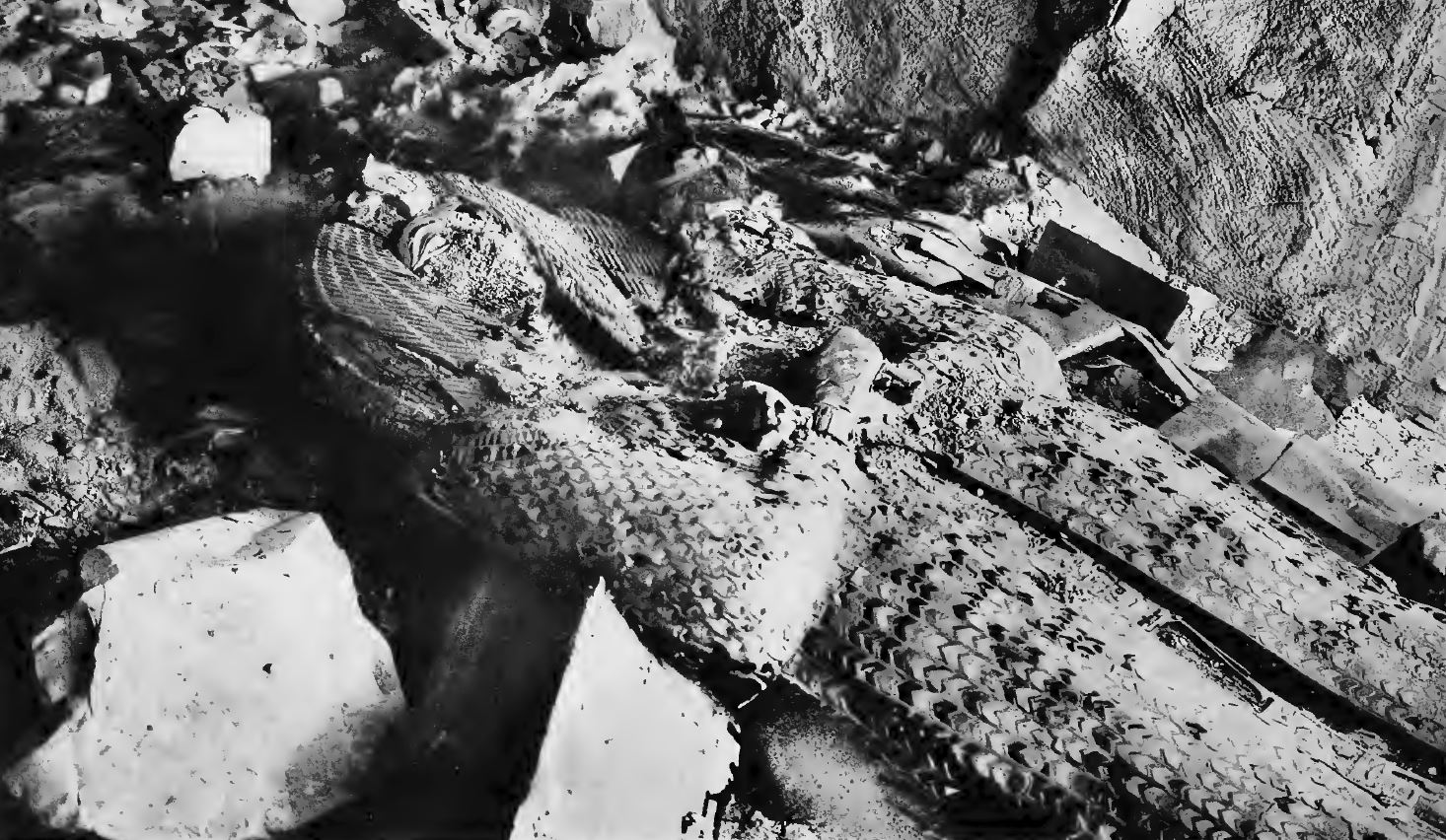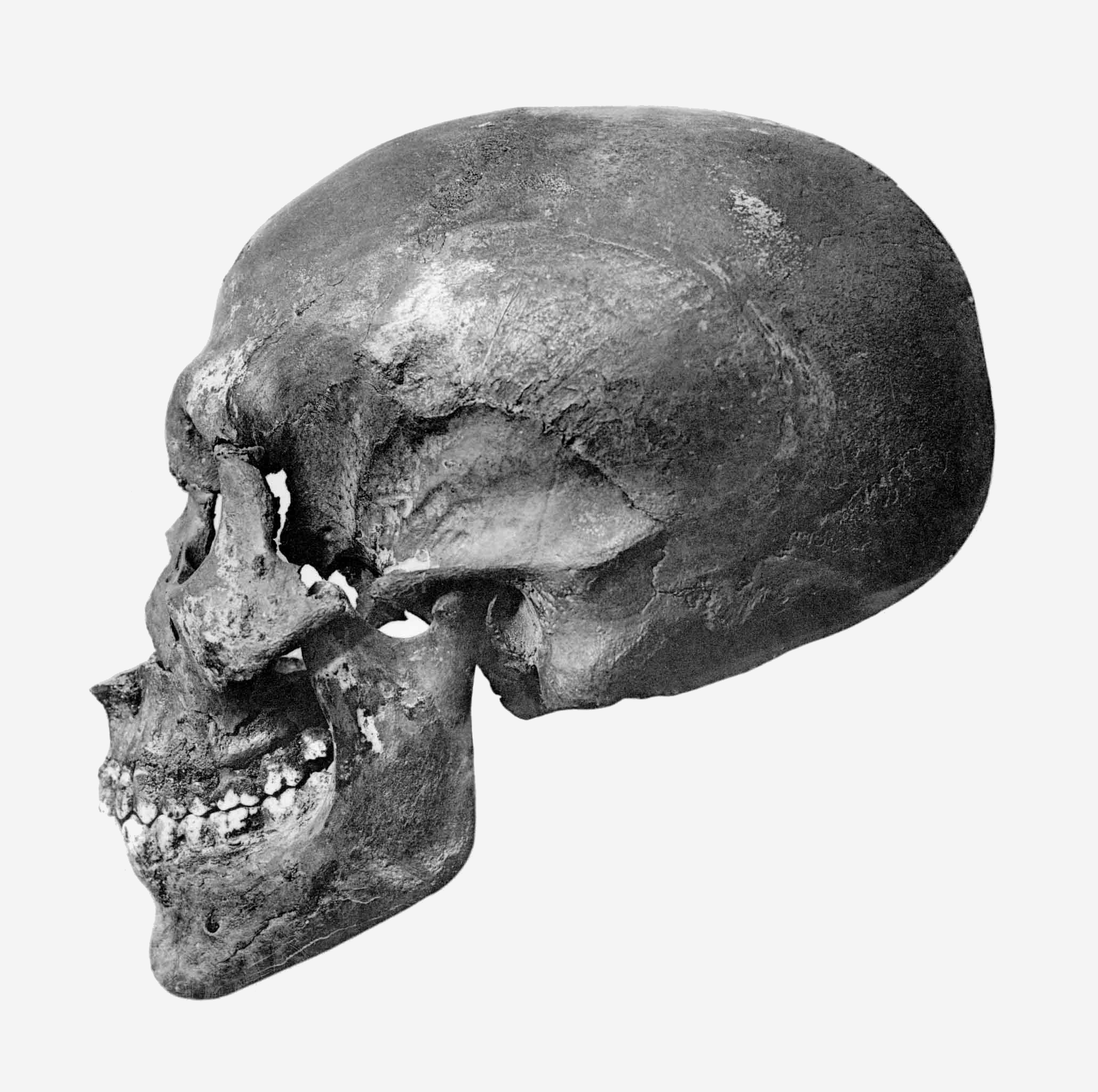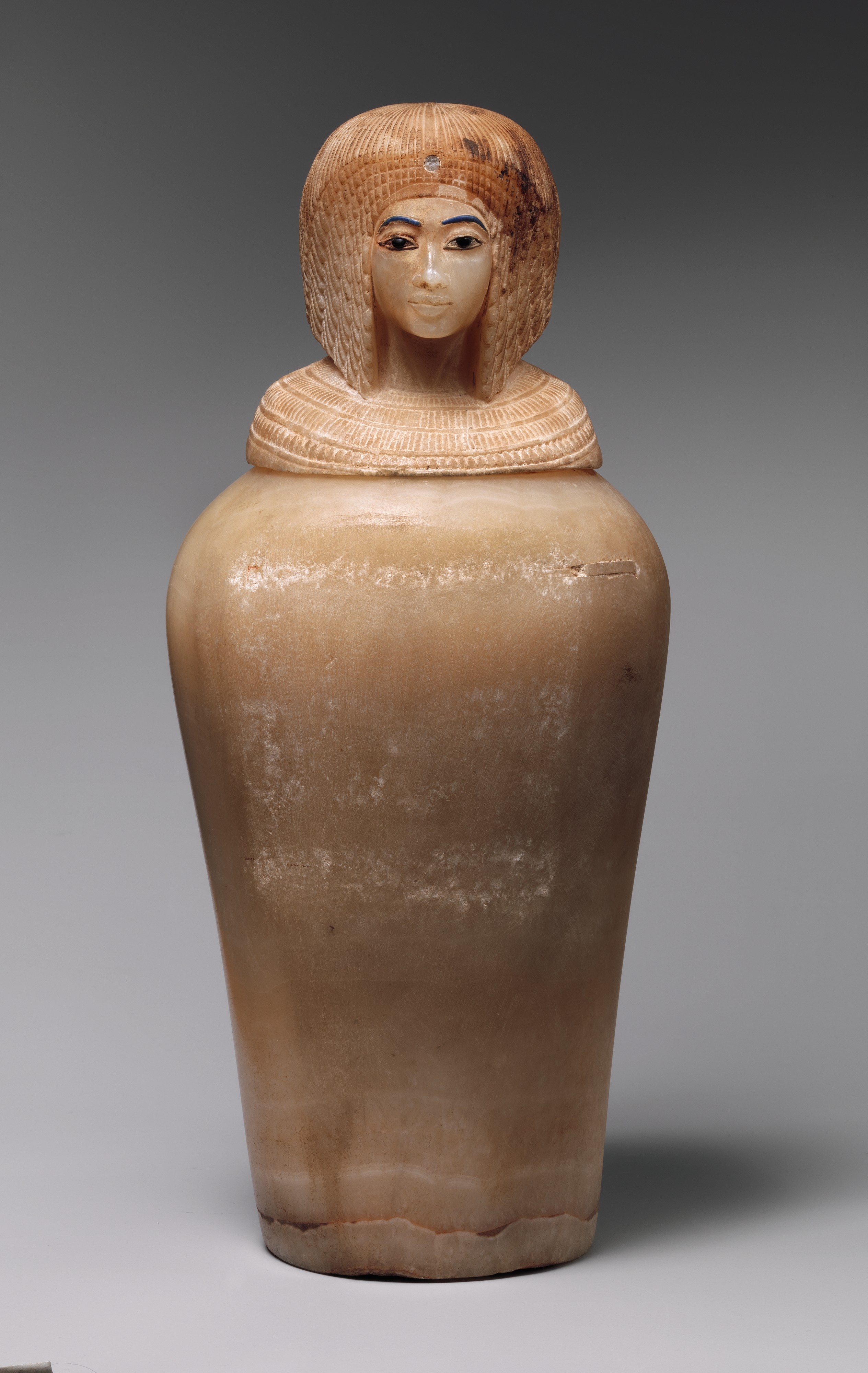DNA, CSI… etc.
The Confounding Coffin. In this episode, we visit a historical crime scene: the mysterious sepulchre of KV55. Discovered in 1907, this grave is easily the most debated, analysed and controversial find in all Egyptology…
- Date: c.1350 BCE and 1907 CE
- Music by Ancient Lyric www.bettinajoydeguzman.com
- Music by Keith Zizza www.keithzizza.com










Bibliography
Martha R. Bell, ‘An Armchair Excavation of KV 55’. Journal of the American Research Center in Egypt 27 (1990): 97–137.
R.C. Connolly, ‘Kinship of Smenkhkare and Tutankhamen Affirmed by Serological Micromethod: Microdetermination of Blood Group Substances in Ancient Human Tissue’. Nature 224, no. 5217 (1 October 1969): 325–325.
Theodore M. Davis, The Tomb of Queen Tiyi: The Discovery of the Tomb. 2nd edition. London: Constable and Co Ltd, 1990.
Aidan Dodson, Amarna Sunrise: Egypt From Golden Age to Age of Heresy. Cairo: American University in Cairo Press, 2014.
Corrinne Duhig, ‘Comments on “Biological Age of the Skeletonised Mummy from Tomb KV55 at Thebes (Egypt)” by Eugen Strouhal’. Anthropologie 48, no. 2 (2010): 113–16.
Marianne Eaton-Krauss, ‘“The Sarcophagus in the Tomb of Tutankhamun”: A Clarification’. The Journal of Egyptian Archaeology 84 (1998): 210–12.
Marianne Eaton-Krauss, ‘Reprise: Akhenaten, Nefertiti, Amarna’. Chronique d’Egypte 88, no. 175 (1 January 2013): 64–80.
H.W. Fairman, ‘Once Again the So-Called Coffin of Akhenaten’. The Journal of Egyptian Archaeology 47 (1961): 25–40.
Marc. Gabolde, D’Akhenaton à Toutânkhamon. Paris: Institut d’archéologie et d’histoire de l’antiquité, 1998.
Marc. Gabolde, ‘L’ADN de La Famille Royale Amarnienne et Les Sources Égyptiennes’. Égypte Nilotique et Méditerranéenne 6 (2013): 177–203.
Marc. Gabolde, ‘Under a Deep Blue Starry Sky’. In Causing His Name to Live: Studies in Egyptian Epigraphy and History in Memory of William J. Murnane, edited by Peter J. Brand and Louise Cooper. Leiden: Brill, 2009.
R. G. Harrison, ‘An Anatomical Examination of the Pharaonic Remains Purported to Be Akhenaten’. The Journal of Egyptian Archaeology 52 (1966): 95–119.
Zahi Hawass, Yehia Z. Gad, Somaia Ismail, Rabab Khairat, Dina Fathalla, Naglaa Hasan, Amal Ahmed, et al. ‘Ancestry and Pathology in King Tutankhamun’s Family’. JAMA 303, no. 7 (17 February 2010): 638–47.
Geoffrey Thorndike Martin, The Royal Tomb at El-ʻAmarna. 2 vols. London: Egypt Exploration Society, 1974.
William Max Miller, ‘The Theban Royal Mummy Project’. The Theban Royal Mummy Project, http://anubis4_2000.tripod.com/mummypages1/18B.htm.
William J. Murnane, ‘The End of the Amarna Period Once Again’. Orientalistische Literaturzeitung 96 (2001): 9–22.
Bernadine Z. Paulshock, ‘Tutankhamun’s Mother’. JAMA 249, no. 16 (22 April 1983): 2178–2178.
C. N. Reeves, ‘A Reappraisal of Tomb 55 in the Valley of the Kings’. The Journal of Egyptian Archaeology 67 (1981): 48–55.
Grafton Elliot Smith, The Royal Mummies. London: Duckworth, 1912-2000. Online edition.
Eugen Strouhal, ‘Biological Age of Skeletonized Mummy from Tomb KV 55 at Thebes’. Anthropologie 48, no. 2 (2010): 97–112.
Charles F. Timmons, ‘Genetics of the Eighteenth Dynasty’. JAMA 245, no. 15 (17 April 1981): 1525–1525.




Just listening to KV 55. There is a reasonable explanation for a mummy that was socially treated as female but was genetically male: that person physically appeared female but was not so genetically. There are genetic and hormonal conditions which affect fetal sexual development. One is called androgen insensitivity. Those with it will be XY genetically but they usually appear to be female at birth and to develop as a child that way sans a uterus. In some cases there is mixed male and female development. Akhenaten certainly appeared to have some sort of hormonal issue therefore it’s quite conceivable that a sibling did. The mummy is Tutankhamun’s “aunt” because most of these conditions result in sterility.
Possibly! I don’t know enough to comment on that medically. But I’m sure it’s possible
I think I you said that the bottom part of the mask was found but maybe I misunderstood. If so I can’t find a picture of it. Where can I see it?
The bottom half of the coffin was found again. It is now in Cairo
This is Chirag from India. I’ve recently developed interest in Egyptian history and decided to study about it. While going through internet for sources of information, I came across you podcast and from the very first episode I’ve become fan of yours. I saw that you started this podcast long time back and have covered history till 1350 BC, So wanted to ask that in how much time do you think you’ll be able to complete the whole ancient history till Battle of Actium 30 BC, Roman conquest.
A long time
I went to Egypt at the beginning of 2020, visiting sites that as a child only dreamt to visit. I found your podcast as soon as I came back and have listened to all 192 episodes, they have made me live again my visits to the different museums and sites. Thanks for that.
Thanks for listening! I’m glad you are enjoying the show, and that I could bring some things back to life 🙂
Could the mummy have been a brother or nephew of a king
Possibly, it’s definitely related somehow
What if the person was intersex? Is there a possibility or a way of knowing?
The podcast doenst work, i tried in more browsers, please let me know, thanks!